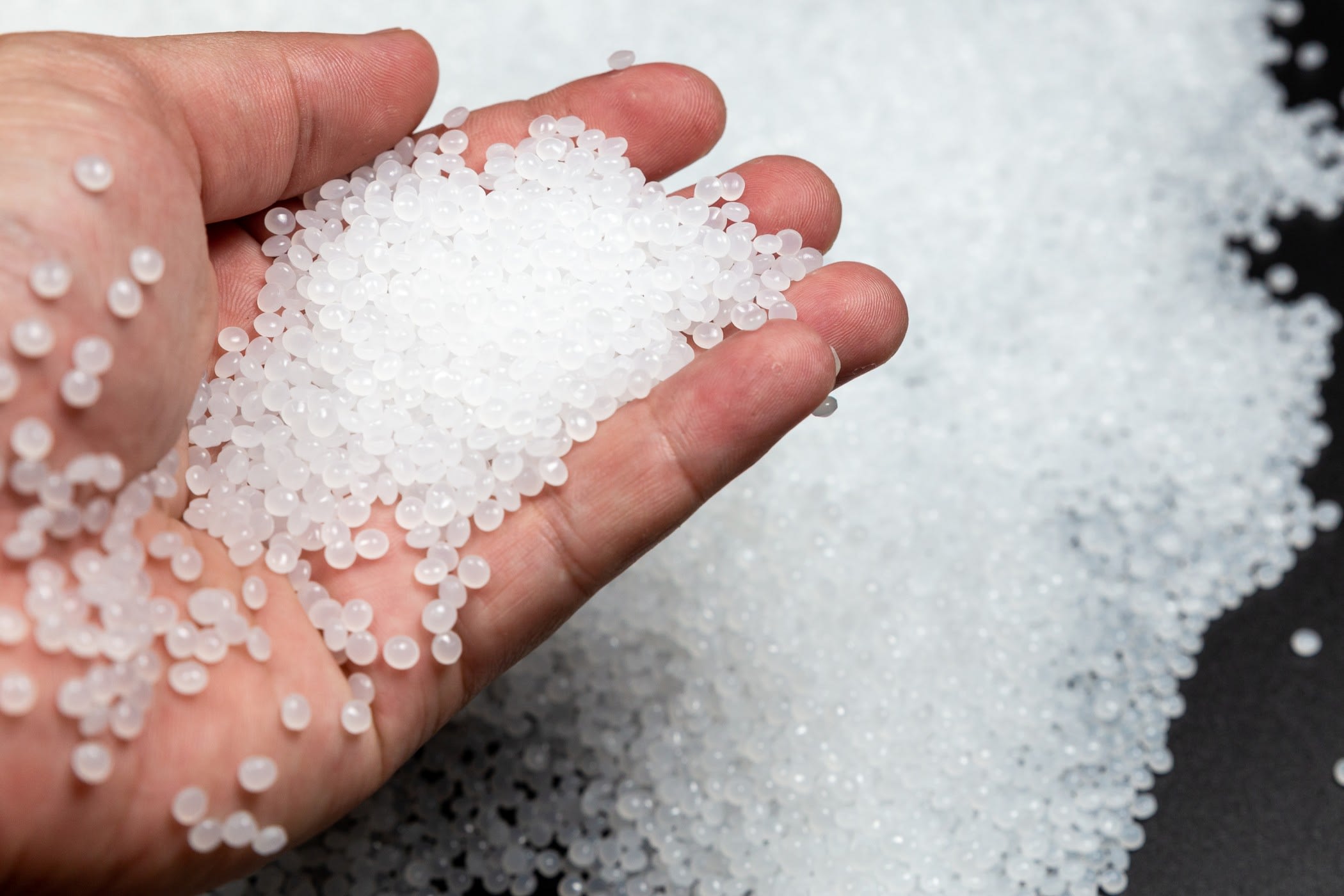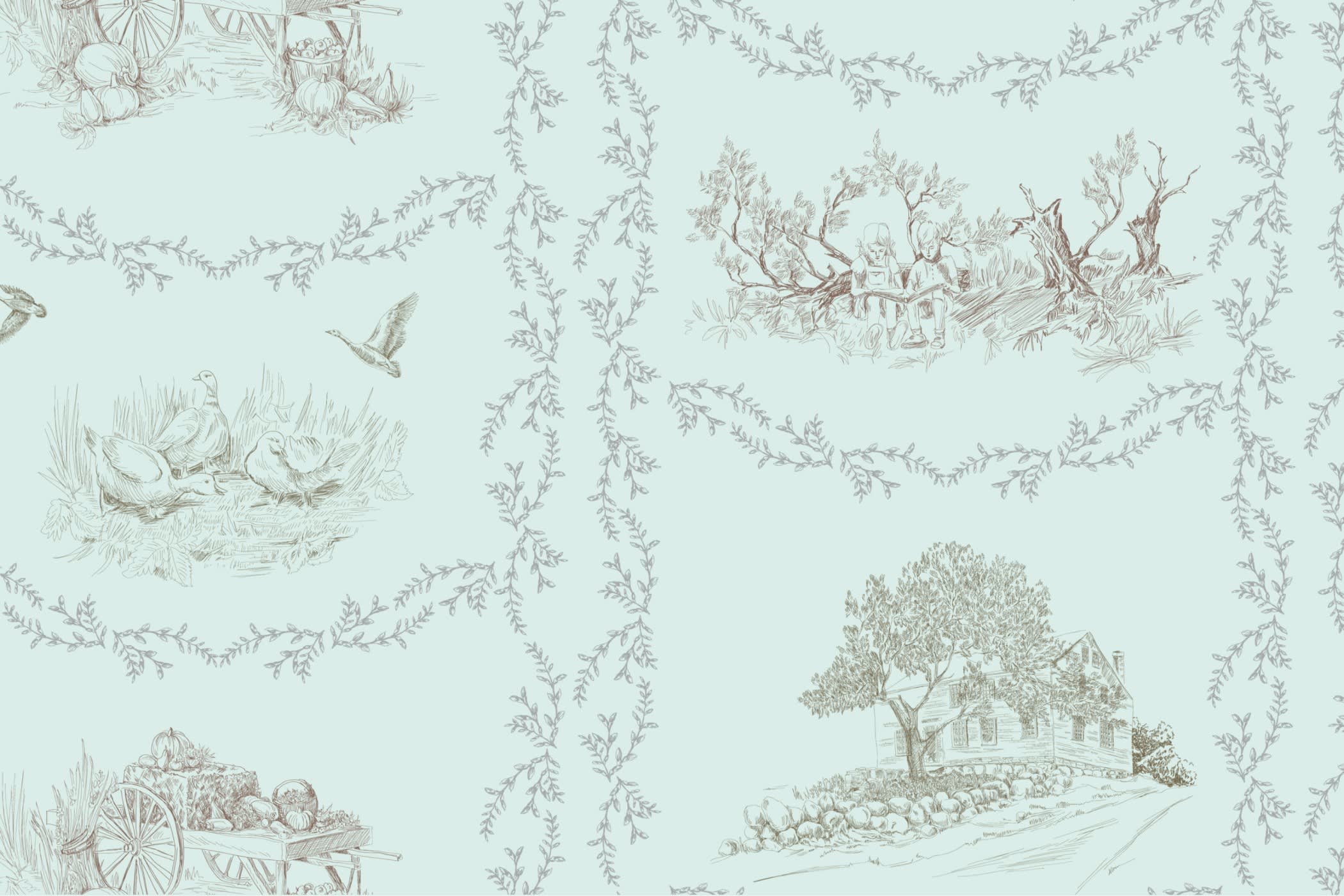Properties of Ikat Silk

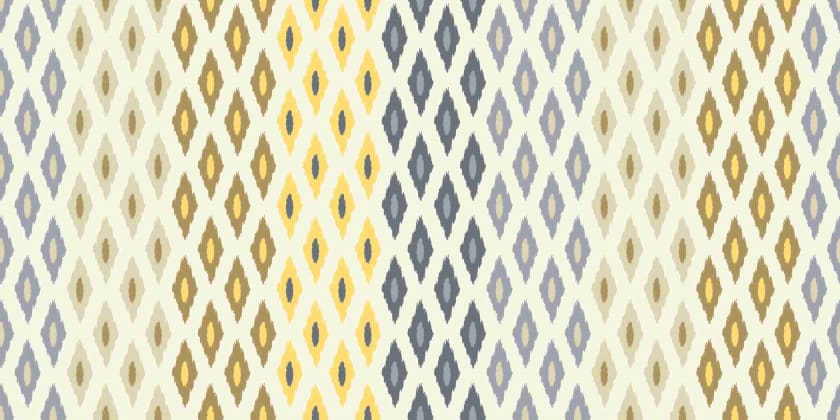

Ikat fabric, also known as Ikkat fabric, is one of the most popular fabrics available in the market. In fact, when we think of different woven items like Pochampally Silk Sarees, Ikat is generally what comes to our mind first. Its striking colors, geometrical shapes, and lightweight fabric make it the ideal companion for any occasion.
We have looked long and hard at what makes Ikat silk stand out from other variants. Thus, we decided to provide you with a ready-reckoner that will make it easy for you to identify the correct product.
Here are some of the properties of Ikat Silk:
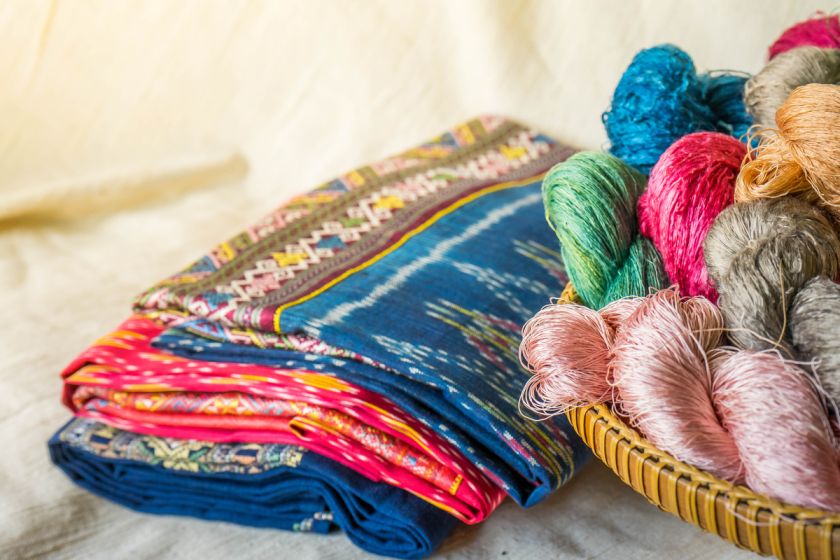
- Process: The fabric is produced by resist dyeing. The Ikat fiber is a product of various textile fibers. Traditionally, people used silk and wool. However, due to the continued prevalence of polyester in the present times, Ikat can be produced with both natural and synthetic fibers.
- Dyeing: The dyeing of the fabric happens before weaving. So, the entire bunch is taken and dyed. The dyeing pattern happens in a thick rope pattern in a predetermined way. After the dyeing is complete, the ropes are untangled and laid flat and weaved. Once the weaving is complete, for example, into Ikkat Pattu Sarees, the dyeing pattern becomes visible. This process has become much easier over the years due to the advent of modern industrial techniques.
- Location: Ikat is popular across the globe. However, India has always been the hub of silk production and it is most popular here. It is especially common in the eastern and southern parts of India, such as with Pochampally Pattu Sarees. Other areas of Asia also have this fabric such as Eastern Asia and the Middle East. Its influence has also spread to Europe. However, Pochampally Silk Sarees are exclusive to Pochampally, Andhra Pradesh.
- Types of Ikat: There are many different types of Ikat silks. Some of them are given below:
- Warp Ikat Patterns: Here, the warp threads have the Ikat dyes, whereas the weft threads hold solid colors.
- Weft Ikat Patterns: Here, the weft threads have the Ikat dyes, whereas the warp threads have solid colors.
- Double Ikat Patterns: Here, both the weft threads and the warp threads have the Ikat dyes.
- Maintenance: The best way to maintain an Ikkat Pattu Saree is by ironing it on low heat. If the heat is too much, it can spoil the fabric and the dyes. Furthermore, dry cleaning is always recommended over wet washing. Also, ensure that folds are reversed frequently to avoid creasing.
- Appearance: One of the biggest positives of Ikkat Pattu Sarees is their striking geometrical features. In fact, one of the better ways to describe the designs is that they look psychedelic. This happens because the dying is done in the pre-weaving stage. Therefore, once assembled, it is like a jigsaw falling into place, which creates this effect. These sarees are not only beautiful in appearance but extremely easy to wear as they are lightweight. They make an ideal fabric for summer wear.
- Colors and Symbols: Pochampally Silk Sarees derive their colors from natural origins. Hence, they are vibrant and organic in nature. Since the symbols have to show brightly, the background color is generally a shade lighter. The red-yellow band is predominant with colors like orange, pink, blush, yellow, gold, and peach. The symbols may incorporate flora, fauna, and human activities beyond the traditional geometrical design.
- Marking: Since 2005, Pochampally Silk Sarees have received the coveted Geographical Identification (GI) tag. Therefore, only sarees produced in that region in the correct method will be certified as such. The bodies responsible for production are Pochampally Handloom Weavers Cooperative Society, and the Pochampally Handloom Tie and Dye Silk Sarees Manufacturers Association.
- Price Range: As with most things in life, there is a wide price range for these products, depending on what you are looking for. If you are looking for a comfortable product that you just wish to pick off the shelf, you can find it below 10,000 INR. However, if you want something more designer for a special occasion, you should be sparing a minimum cost of 30,000 INR.
Conclusion
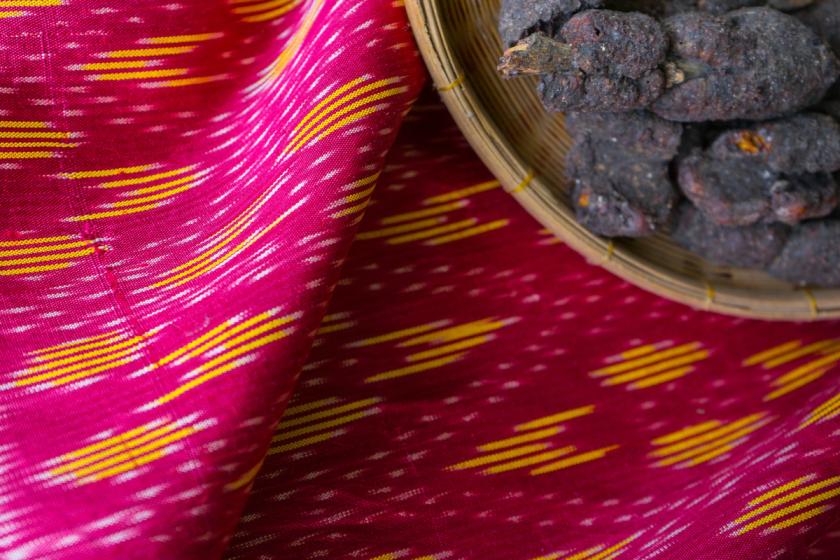
We believe that once you have studied Ikat silk, you can go ahead and buy a saree you like. The beauty of Ikat is that it comes in a variety of patterns and colors. In addition, it has a wide price range that will make sure there is always something available for you. Ensure that you are not cheated out of a genuine product by always checking for the GI tag. Once purchased, ensure to maintain it properly by dry cleaning, ironing at low temperatures, and reversing the folds from time to time. You will find the best choices right here with us.
Check out Fashinza.com to know more!















